All About Mange In Dogs Disease Process And Treatment Guide Bark
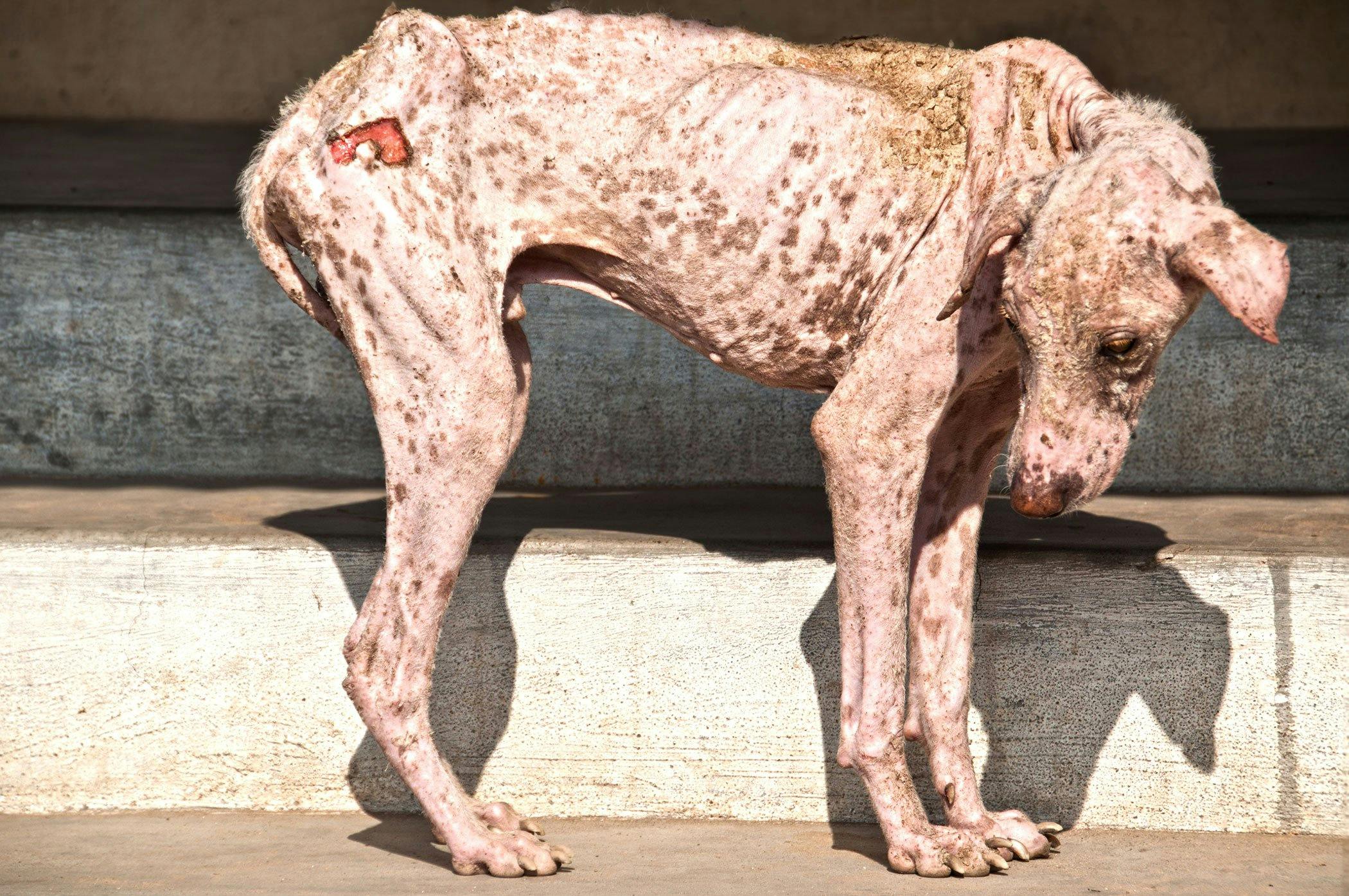
Sarcoptic Mange in Dogs Symptoms, Causes, Diagnosis, Treatment
Published: 3/10/2023 · 2-4 minutes · Share this article Dogs with mange are usually easy to identify. Depending on their type of mange, they may have excessive itching, hair loss and patches of crusted skin. The experience can be painful and hard to avoid for some pets.
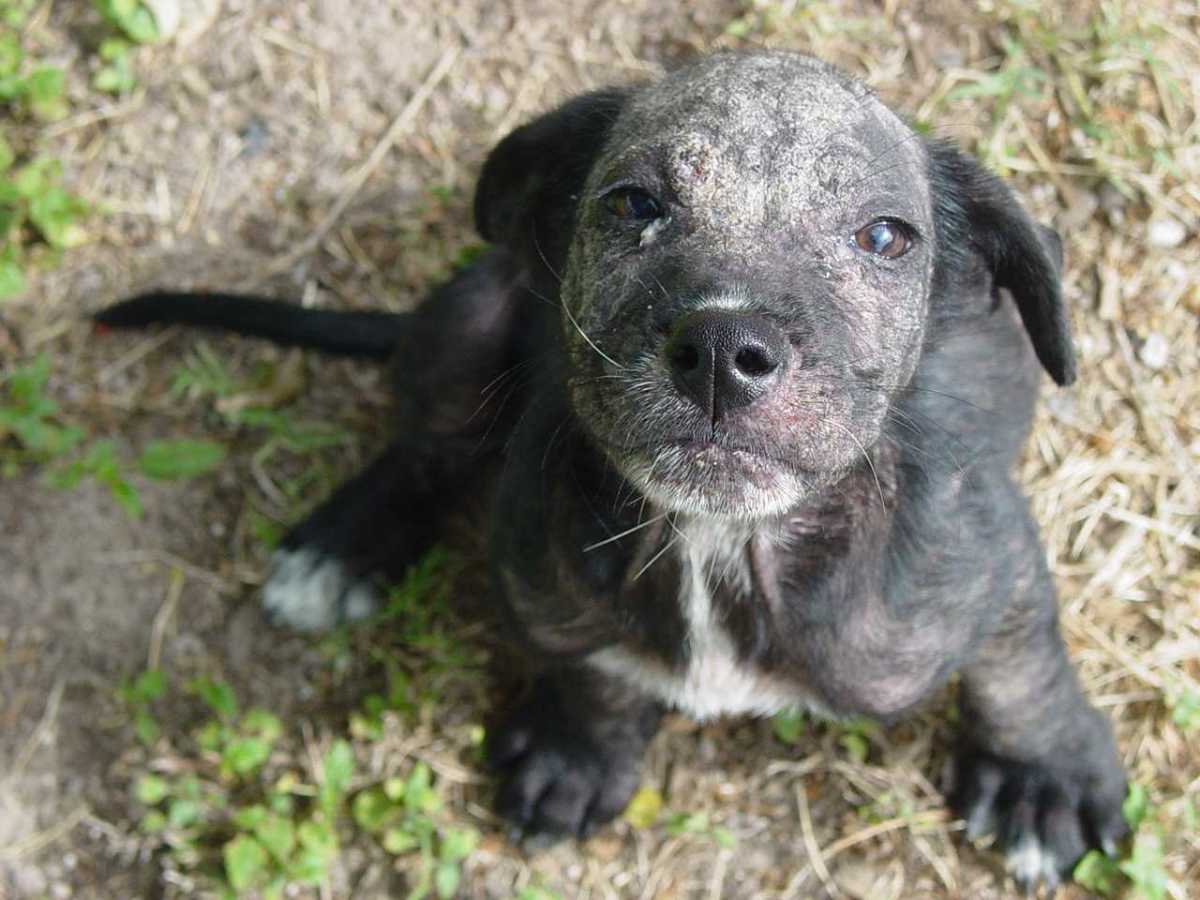
Are There Home Remedies for Dog Mange? PetHelpful
" There are two types of mange in dogs, which are caused by two different types of microscopic mites: demodex and Sarcoptes. Both types of mange have the potential to cause widespread hair loss, skin infections, and itchiness if left untreated. However, the demodex mite can also be found at low levels in healthy dogs without causing issues."

How to Recognize, Treat, and Prevent Mange in Dogs Daily Paws
Dogs with chronic, generalized sarcoptic mange develop seborrhea, severe thickening of the skin with fold formation and crust buildup, peripheral lymphadenopathy, and emaciation; dogs so affected may even die.

The Mystery of Mange What is it and How is it Treated? Beverly Hills
Mange is a skin disease that is caused by two different species of mites. Sarcoptic manage is caused by Sarcoptes scabiei. Demodectic mange can be caused by several mites of the Demodex family. Sarcoptic mange is extremely itchy and highly contagious to other animals and humans.
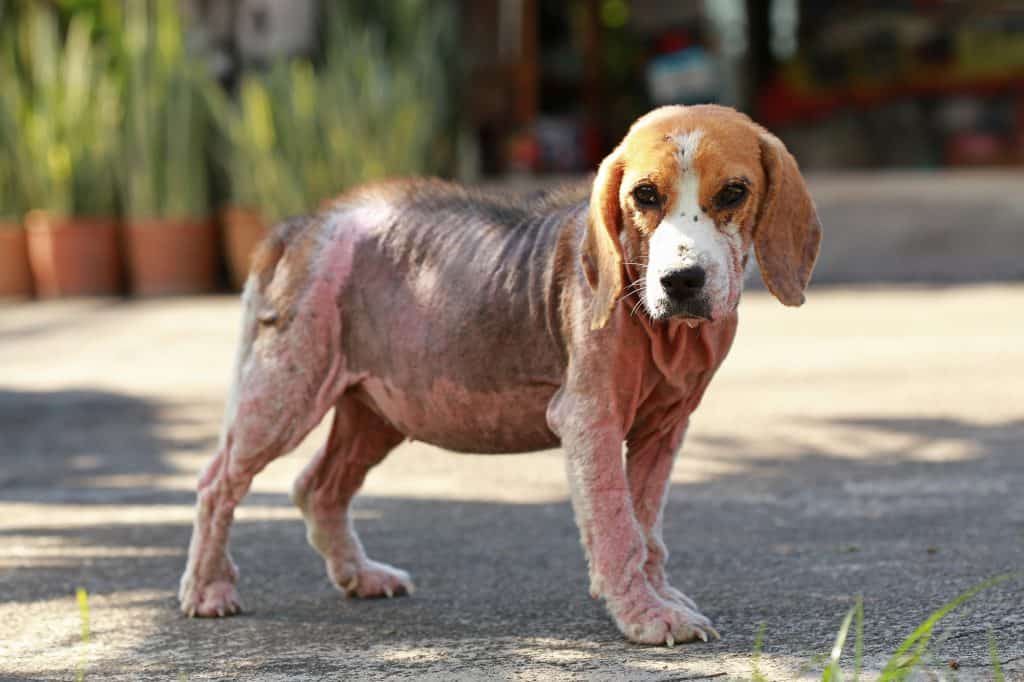
7 Effective Home Remedies for Mange in Dogs Canine Weekly
Mange is a skin disease caused by mites and two types can affect dogs, sarcoptic and demodectic. Sarcoptic mange (or canine scabies) is the most common of the two and is highly contagious. It causes intense itching and, as a result of scratching, dogs suffer open sores, scabs and hair loss. Owners can catch sarcoptic mange from infected dogs.

Demodectic Mange Pictured here is the neck of a puppy with… Flickr
In dogs, there are two major forms of mange, each caused by different mites: Sarcoptic Mange (also known as scabies) Demodectic Mange (also known as red mange or demodex) Joel Milla via.

What is mange and how do we treat it? IAPWA
August 1, 2017 Fact Checked Mange is a highly-contagious, extremely itchy skin issue that can affect both dogs and people. Mange is caused by mites - tiny parasitic bugs that spread to different hosts via skin-to-skin contact or indirect contact with objects like brushes and toys.
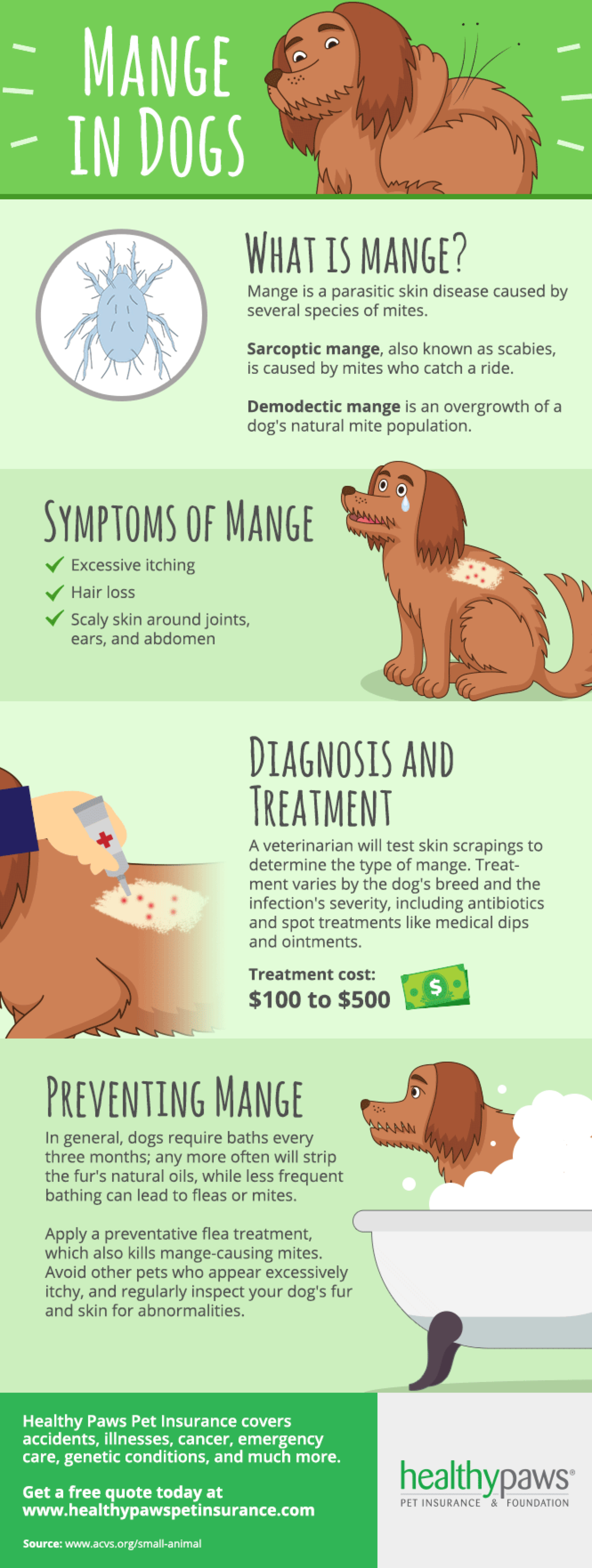
How To Treat Mange in Dogs Healthy Paws Pet Insurance
The mites cause irritation of the skin, resulting in itching, hair loss, and inflammation. Most types of mange are highly contagious. Both dogs and cats are very susceptible. Horses and other domestic animals can also be infected. There are several types of mange that affect dogs, including canine scabies (sarcoptic mange), ear mites (otodectic.

Mange Symptoms, Diagnosis, and Treatment PetCoach
Overview. Mange is a skin condition caused by the 'sarcoptes' mite. Sarcoptes mites are tiny skin parasites that burrow under the skin, cause an intense itch, crusty skin, and hair loss. Symptoms of mange are often severe and get worse over time. Mange is highly contagious and is most commonly caught from infected dogs and foxes.
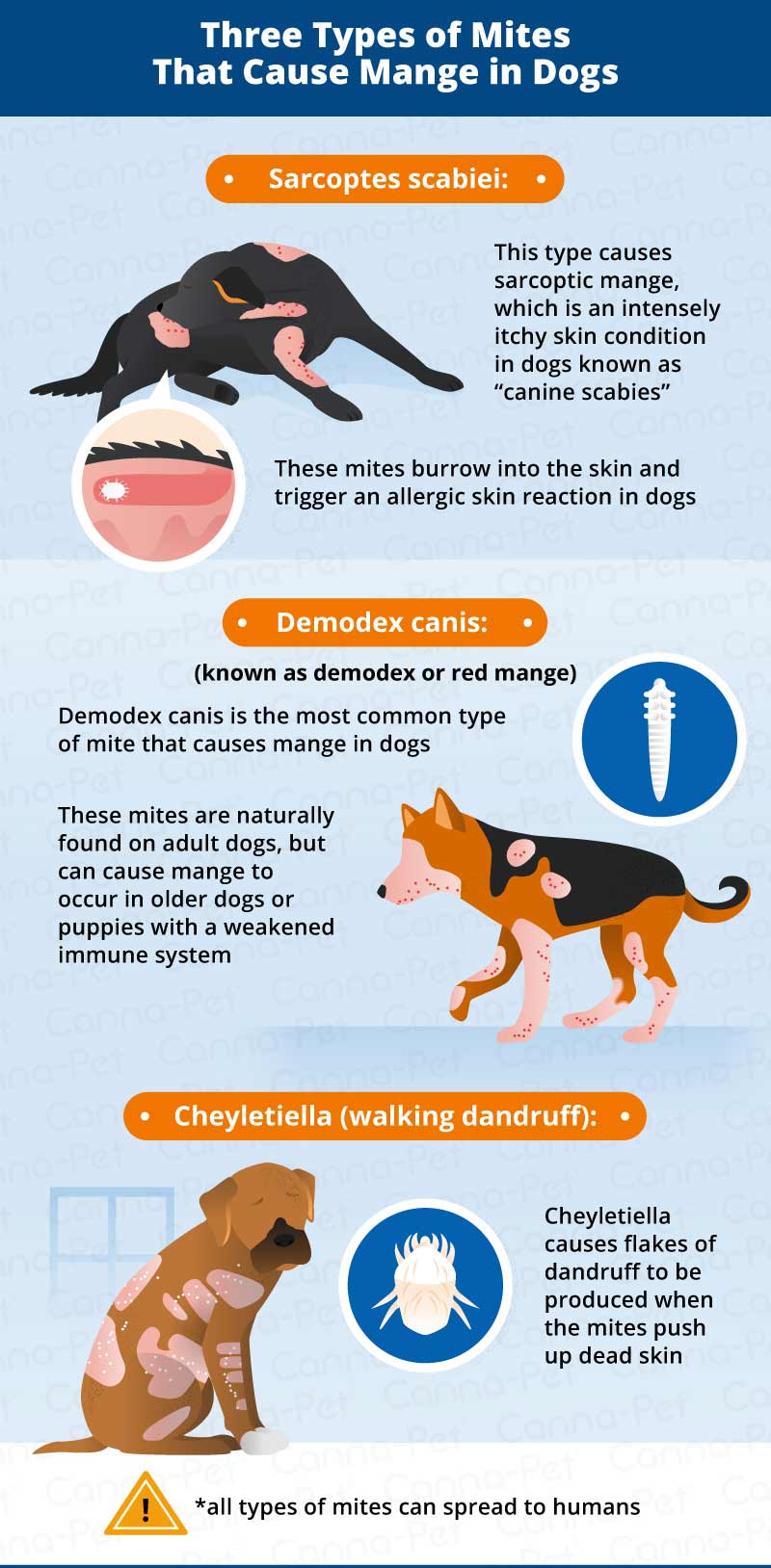
Mange in Dogs Causes, Symptoms, & Treatment CannaPet®
Treatment & Prevention | Expert Q&A Mange is a type of inflammatory skin disease caused by tiny parasitic mites on dogs. There are two basic types of mange, sarcoptic and demodectic, which have similar (although separate) causes and symptoms.
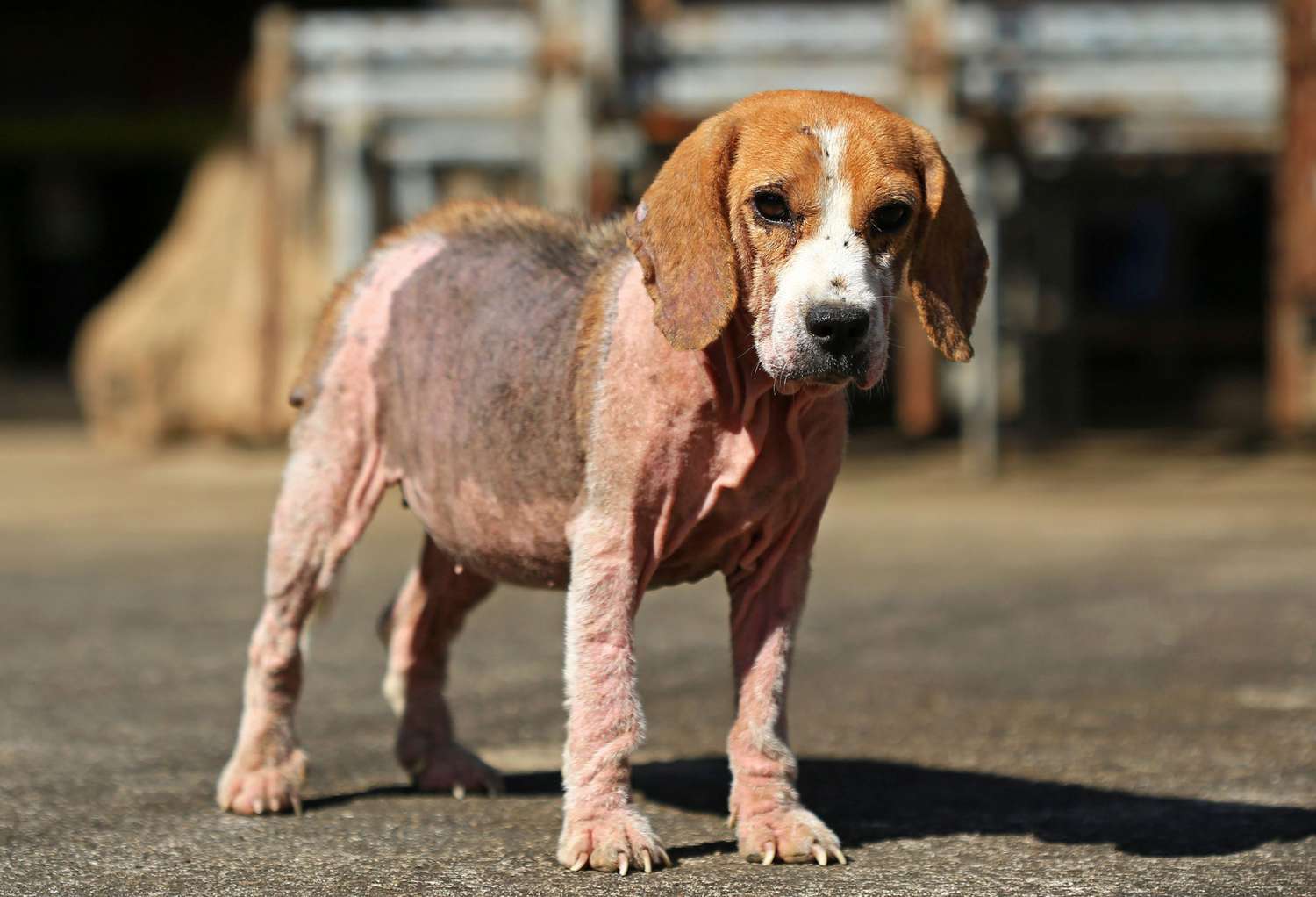
How to Recognize, Treat, and Prevent Mange in Dogs Daily Paws
Mange describes a dog's coat that is ratty, patchy and scaly. Mange, whose formal names are either demodicosis or demodectic mange, is caused by an explosion of mange mites living in your dog's coat. These mites, called Demodex canis in Latin, naturally exist on your dog, but in a limited amount. For different reasons, including genetics, your.
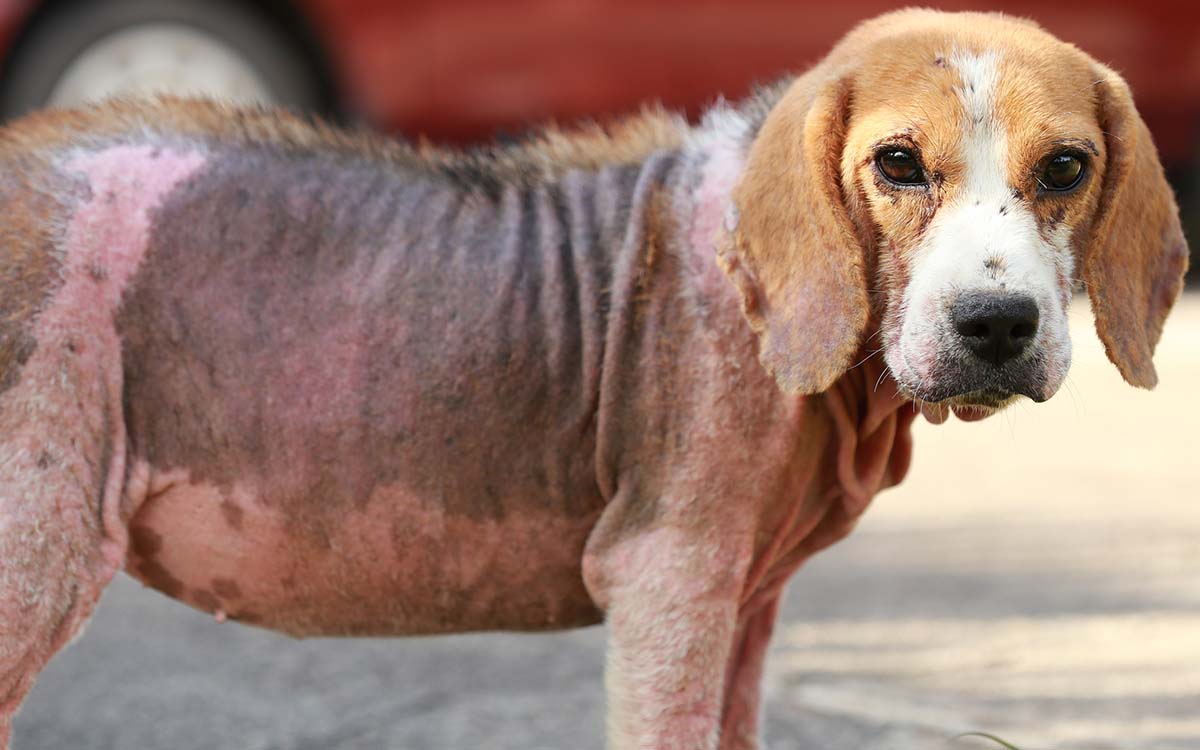
What Dog Mites (Mange) Look Like with Pictures & Veterinarian Advice
This type of mange is less common than demodectic mange, and typically affects homeless dogs, who are suffering and neglected. It is also more common in dogs with compromised immune systems. Demodectic mange , or red mange, is caused by Demodex canis, Demodex injai, or Demodex cornei.
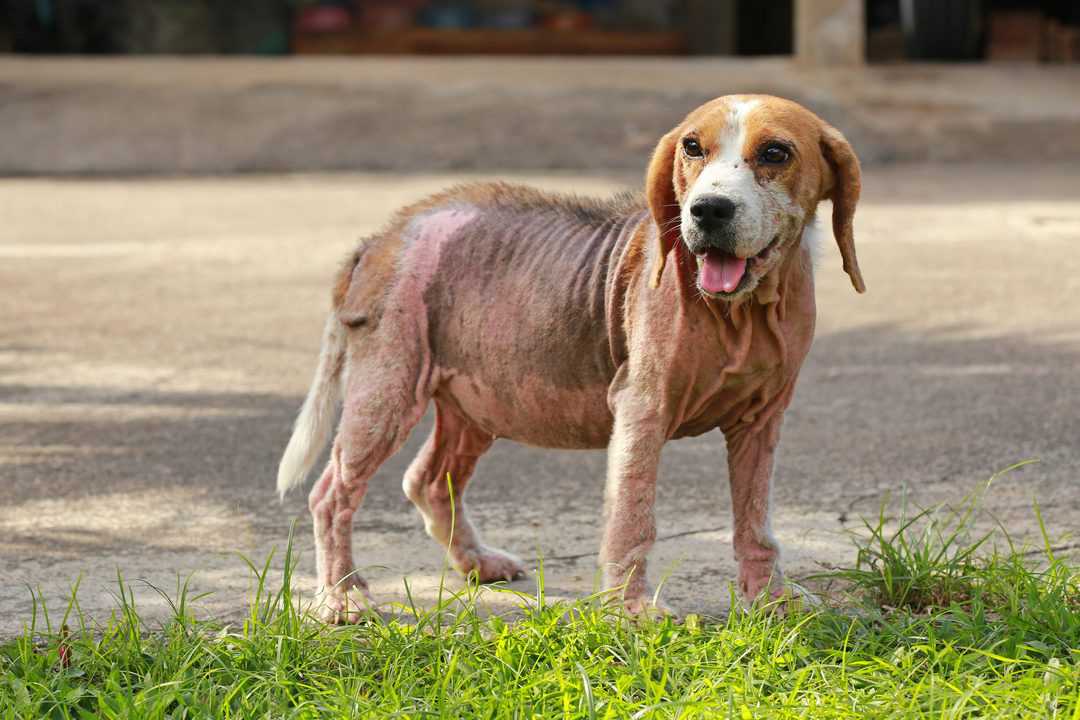
A guide to demodectic mange in dogs
Mange is a skin disease of mammals caused by parasitic sarcoptic or demodectic mites feasting on the skin. Sarcoptic mites live under the skin's surface, whereas demodectic mites live on the hair follicle above the skin. Mites belong to the arachnid subclass Acari; another name for mange is acariasis. Sarcoptic Mange

Dog Mange Top Lap Dogs
The symptoms are intense itching, red skin, sores, and hair loss. A dog's ears, face and legs are most commonly affected. Demodectic mange can cause bald spots, scabbing, and sores, but it is not.
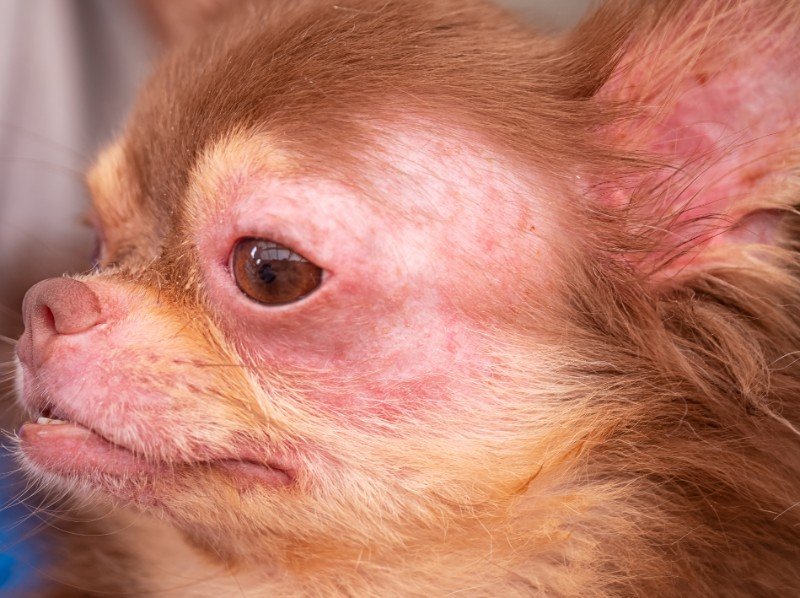
Mange in Pets and What You Need to Know West Park Animal Hospital
Mange in dogs is a skin condition caused by a variety of mites living on the skin. Just like us, dogs naturally have mites living on their skin and in hair follicles. It's only when these mites begin to multiply and spread uncontrollably, is when they can be problematic.

All About Mange In Dogs Disease Process And Treatment Guide Bark
Sarcoptic mange is also known as scabies and is zoonotic, which means it is transmissible from pets to people. Sarcoptic mange may occur in any dog at any age. What does it do to the dog? The presence of the sarcoptic mite causes intense itching. An affected dog will constantly chew and scratch his skin.